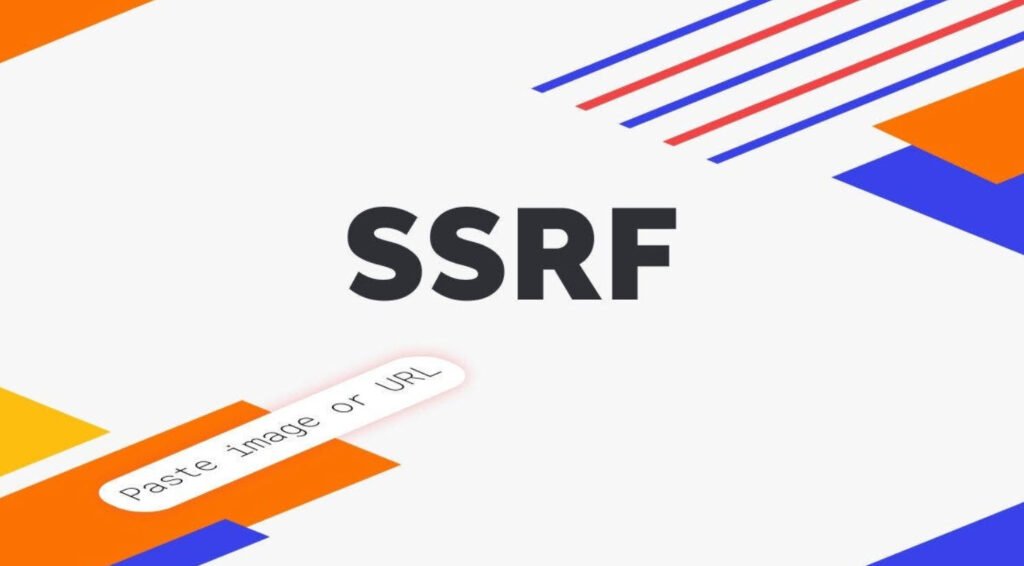
Server-Side Request Forgery (SSRF) is a security vulnerability that allows attackers to manipulate a web application into making unauthorized requests to internal resources. This can result in various risks, including data exposure, remote code execution, or the exploitation of internal services.
In this comprehensive guide, we will explore a variety of SSRF testing techniques to help security professionals and developers identify and mitigate this potential threat.
1. Test User-Controlled URLs
Begin by identifying user-controlled URL inputs within the application. Test these inputs by providing external URLs to check if the server fetches or processes them. This helps assess the potential impact of SSRF vulnerabilities.
2. Test Internal IP Addresses
Attempt to access internal IP addresses (e.g., 127.0.0.1 or 10.0.0.0/8) or services through user-controlled inputs. This test aims to determine if the server processes requests targeting internal resources, highlighting the severity of an SSRF vulnerability.
3. Use URL Schemas
Test various URL schemas, including file://, ftp://, or gopher://, to bypass input validation or access internal resources. Attackers may exploit different URL schemas to manipulate the server into making unintended requests.
4. Test Domain Resolution
Check if the server resolves domain names to internal IP addresses. This can be accomplished by using a domain that points to an internal IP address, revealing whether the application is susceptible to SSRF attacks exploiting DNS resolution.
5. Test URL Redirection
Investigate if the server follows redirects by supplying a URL that redirects to an internal or external resource. This test helps uncover potential SSRF vulnerabilities arising from improper handling of URL redirections.
6. Test with Different HTTP Methods
Probe SSRF vulnerabilities with various HTTP methods, such as GET, POST, PUT, DELETE, or HEAD. Different methods might yield varying results, and it’s essential to assess how the server handles each method in the context of SSRF.
7. Test with Malformed URLs
Test with malformed URLs, including using @ to separate credentials or adding extra slashes. Malformed URLs may bypass input validation mechanisms, potentially exposing vulnerabilities that could be exploited by attackers.
8. Test for Open Ports
Attempt to access open ports on the server or internal network by specifying the target IP and port in the URL. This test helps assess the potential impact of SSRF vulnerabilities on network security.
9. Test for Out-of-Band (OOB) Data Exfiltration
Check if the server can send data to an external domain you control. Successful data exfiltration may indicate an SSRF vulnerability, and this test helps identify the severity of potential information leakage.
10. Test for Cloud Service Metadata
If your site is hosted on a cloud provider, test if the server can access cloud service metadata endpoints. This is crucial as it helps prevent unauthorized access to sensitive information related to the hosting environment.
11. Test with Time-Based Techniques
Use time-based techniques, such as delays or timeouts, to confirm SSRF vulnerabilities when the server response doesn’t reveal the fetched content. Time-based testing can help validate potential SSRF issues.
12. Test for Protocol Smuggling
Test for protocol smuggling, such as using http:// within an https:// URL. This can help uncover SSRF vulnerabilities that might arise from misconfigurations or incomplete input validation.
13. Test for Bypassing URL Filtering
Attempt to bypass URL filtering using techniques like URL encoding, double encoding, or mixed case encoding. Evaluating these evasion techniques helps identify potential weaknesses in the application’s URL handling.
14. Use Web Application Scanners
Employ automated web application scanners like Burp Suite or OWASP ZAP to identify potential SSRF vulnerabilities. These tools can efficiently analyze the application’s behavior and discover SSRF-related weaknesses.
15. Test with IPv6 Addresses
Test for SSRF vulnerabilities using IPv6 addresses to bypass input validation or access internal resources. As IPv6 adoption increases, it’s crucial to assess how well the application handles and validates these addresses.
Conclusion
Understanding and testing for SSRF vulnerabilities are critical components of a robust security strategy. By employing the comprehensive SSRF testing techniques outlined in this guide, security professionals and developers can identify and remediate potential weaknesses in their web applications.
Regularly assessing and updating security measures will help ensure the ongoing resilience of web applications against evolving cyber threats.
You may also like:- How To Fix the Crowdstrike/BSOD Issue in Microsoft Windows
- MICROSOFT is Down Worldwide – Read Full Story
- Windows Showing Blue Screen Of Death Error? Here’s How You Can Fix It
- A Guide to SQL Operations: Selecting, Inserting, Updating, Deleting, Grouping, Ordering, Joining, and Using UNION
- Top 10 Most Common Software Vulnerabilities
- Essential Log Types for Effective SIEM Deployment
- How to Fix the VMware Workstation Error: “Unable to open kernel device ‘.\VMCIDev\VMX'”
- Top 3 Process Monitoring Tools for Malware Analysis
- CVE-2024-6387 – Critical OpenSSH Unauthenticated RCE Flaw ‘regreSSHion’ Exposes Millions of Linux Systems
- 22 Most Widely Used Testing Tools








